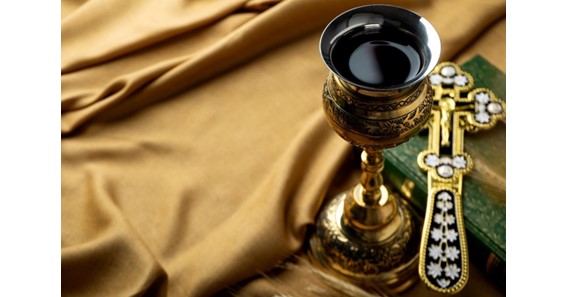The creation of religious items and their subsequent veneration for generations demonstrates a relationship between spirituality, cultural practices, and artistic expression. These items are more than simply beautiful pieces; they are a manifestation of faith and a testimonial to the expertise of artists who have worked on them.
Here are some of the most common techniques to create beautiful artifacts.
Carving
Among the most common techniques used to make religious artifacts is carving. This involves cutting and shaping a piece of material, such as wood or stone, into a desired shape. Carving is a time-honored technique that has been used to create statues, icons, and other religious objects for centuries. Skilled carvers can create intricate designs and details using simple hand tools. The finished product is a unique piece that captures the essence of the faith it represents.
Click here – A Guide to Drinking Mulled Wine and Other Ways You Can Use It
Metal Work
Metalworking is a versatile technique used to craft various religious artifacts. Precious metals like gold and silver have been decorated with such patterns for millennia. Metalworking involves heating, shaping, and molding metal into the desired shape and form.
The process of metalworking begins with selecting the right metal. Gold and silver are among the most popular metals used in religious products due to their high value and beauty. However, other metals such as bronze, brass, and copper are also commonly used to create religious goods.
Fabric Weaving and Embroidery
Religious items have been crafted using various techniques throughout history. Along with carving and metalworking, weaving and embroidery have also been used to create beautiful religious artifacts. Weaving and embroidery are textile arts that have been used for centuries to create tapestries, vestments, and other religious items that play an essential role in various religious ceremonies.
Weaving involves the interlacing of threads or yarns to create a fabric. It requires a loom, a device that holds the warp (lengthwise threads) in place while the weft (crosswise threads) is woven between them. Skilled weavers can create intricate designs and patterns using different colors and textures of thread. Weaving has been used to create a variety of religious items, including prayer rugs, altar cloths, and religious tapestries.
On the other hand, embroidery is the art of decorating fabric with the help of needle and thread. Skilled embroiderers can create intricate designs and patterns on fabric, including religious symbols and scenes. Embroidery is done by hand or by machine and uses a wide variety of materials, including silk, linen, and gold thread. Embroidery has been used to create religious items such as altar cloths, vestments, and banners.
Both weaving and embroidery are time-consuming techniques that require a great deal of skill and patience. The resulting items are often beautiful works of art that reflect the faith and devotion of their creators. These techniques have been used for centuries to create artifacts that believers around the world cherish.
Click here – CurlyMe Glueless Wigs: Trendy Hairstyle In 2023
The Evolution
It’s common practice in many faiths and civilizations to commission woven or embroidered religious artifacts. Islamic prayer carpets, for instance, are sometimes made in exquisite detail with attractive geometric patterns and themes. It is traditional to utilize vestments and altar cloths with intricate embroidery during Christian services.
One of the most interesting aspects of religious artifact creation is how the techniques have evolved over time. Early artifacts were often made by hand using simple tools and materials like stone and wood. As technology advanced, new techniques were developed to create more intricate and detailed designs. Metalworking, for example, became more complex with the introduction of new tools and techniques, such as casting and engraving.
In addition, the materials used to create religious artifacts have also evolved over time. In the early days, artisans used whatever materials were available to them, often using local materials such as wood, stone, and clay. As trade routes opened up, new materials such as gold, silver, and precious stones were introduced, allowing artisans to create even more intricate and detailed designs.
Final Words
The creation of religious artifacts is a rich and fascinating tradition that spans centuries. The techniques used to create these objects have evolved over time, but the importance of craftsmanship and attention to detail remains a constant. Whether created through carving, metalworking, weaving, or embroidery, each religious artifact represents a connection between faith, culture, and art and a testament to the skill and creativity of skilled artisans.
